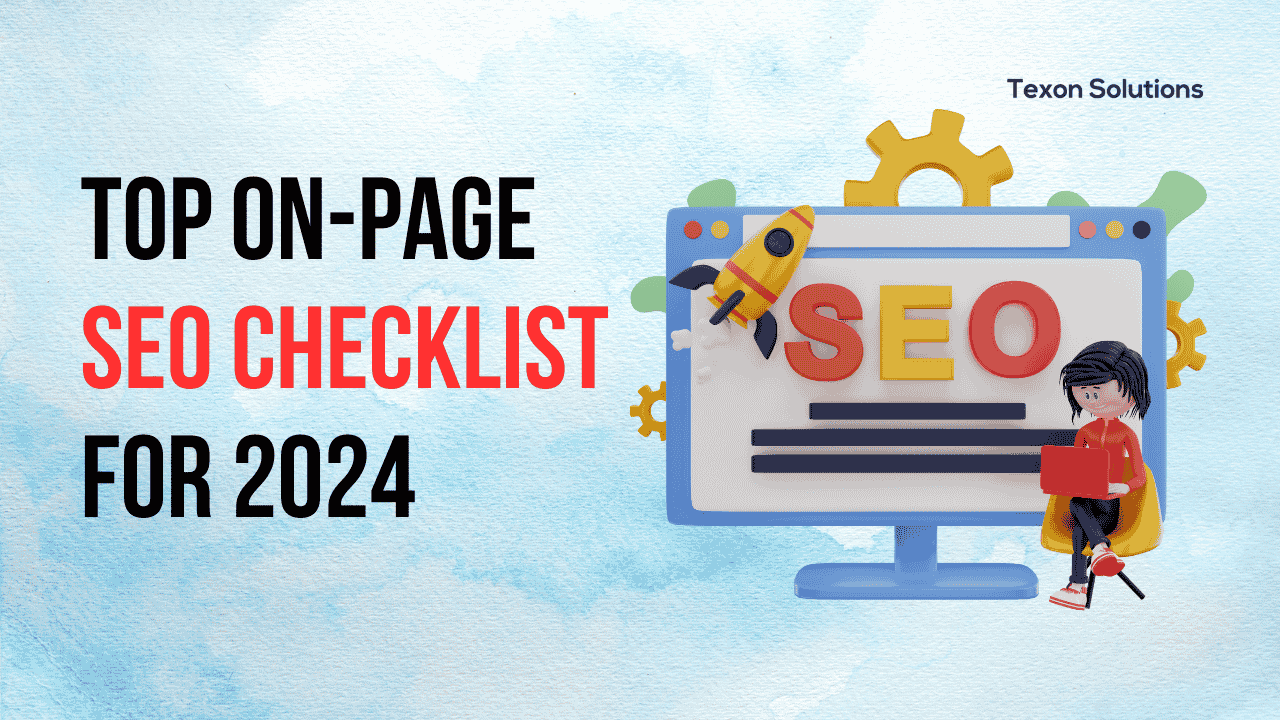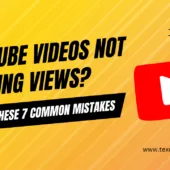As SEO continues to evolve, staying on top of the latest techniques is key to keeping your website visible. In 2024, on-page SEO focuses on user experience, strategic keyword placement, and technical improvements. Here’s a comprehensive guide to help you optimize your site for better search rankings, with actionable examples for each step.
Keyword Research: The Foundation of On-Page SEO
Choosing the right keyword for each page can make or break your SEO strategy. In 2024, it’s crucial to focus on less competitive keywords that align with user intent and provide answers to their queries.
Example:
Let’s say you run a fitness blog. Instead of using a highly competitive keyword like “lose weight,” aim for a more specific, long-tail keyword such as “best workouts to lose belly fat for women over 40”. Use tools like Google Trends to ensure that the keyword has enough search volume but isn’t overly competitive.
Steps:
- Target one keyword per page.
- Ensure the keyword fits naturally with user intent (answering their questions or solving a problem).
- Check Google Trends to see if the keyword’s popularity is growing.
Keyword Placement: Optimize Without Overstuffing
Strategic keyword placement across the page is critical to improving your rankings. However, overusing keywords can lead to penalties for keyword stuffing. Make sure your keyword appears in crucial areas like the H1 title, URL, and meta description.
Example:
If your keyword is “organic skincare products,” place it naturally in the H1 tag, as in “The Best Organic Skincare Products of 2024”. Include it in the first 100 words of your article, as well as in subheadings (H2 or H3 tags).
- Use in the H1 tag: “The Best Organic Skincare Products for All Skin Types.”
- URL: www.yourwebsite.com/organic-skincare-products-2024
- Meta description: “Discover the best organic skincare products for glowing, healthy skin in 2024. Natural, effective, and cruelty-free!”
Meta Descriptions: Make Them Compelling
Meta descriptions are your chance to entice users to click on your link from search results. 150 characters is the ideal length. It should include your target keyword and a Call to Action (CTA) to encourage engagement.
Example:
For a page about “SEO Tools for Beginners,” your meta description could be:
“Explore the top SEO tools for beginners and boost your website traffic today. Start optimizing with user-friendly tools!”
Optimized URLs: Keep It Simple and Keyword-Rich
Google favors clean, descriptive URLs. A short, keyword-rich URL helps both search engines and users understand your page content. Avoid long, cluttered URLs with unnecessary parameters.
Example:
- Instead of: www.yoursite.com/blog/article12345/983
- Use: www.yoursite.com/best-vegan-recipes
Adding hyphens between words in the URL improves readability and SEO value.
Page Titles: Make It Catchy Yet Relevant
Your page title is one of the first things users see in the search results. It should be relevant, contain your target keyword, and not exceed 60 characters. Use power words and emotional triggers to increase click-through rates.
Example:
Instead of a bland title like “Digital Marketing Tips,” use something more engaging like “10 Must-Know Digital Marketing Tips for Explosive Growth in 2024”.
Images: Enhance UX and Boost Rankings
Images play a significant role in on-page SEO. Google’s algorithm appreciates pages with relevant, optimized images. Use the WebP format to improve load times, and ensure your images are less than 100 KB in size.
Example:
For an article on “Healthy Eating Tips,” you can add an infographic on the “Top 10 Superfoods in 2024.” The image file should be named “healthy-eating-superfoods-2024.webp” and the alt text can be “healthy superfoods for a balanced diet in 2024.”
Technical SEO: Fix Errors & Improve Speed
Improving technical aspects of your website can significantly impact your rankings. Run a page speed test and address any issues that slow down load times. A mobile-friendly site is non-negotiable in 2024, as Google prioritizes mobile-first indexing.
Example:
Use tools like Google PageSpeed Insights to detect performance issues. If your site uses too much JavaScript, consider minifying it to reduce load times. Also, fix any GSC (Google Search Console) indexing errors to ensure your pages appear in search results.
Internal & External Links: Build a Web of Authority
Internal linking strengthens your site’s structure and improves user navigation. External links to authoritative sources enhance the credibility of your content.
Example:
For a blog post on “Social Media Marketing Trends,” link internally to a related article like “How to Use Instagram for Business in 2024” and externally to a reliable source such as Statista’s report on social media usage statistics.
Schema Markup: Enhance Search Visibility
Schema markup helps search engines better understand your content. It also enhances your search result listings with rich snippets, increasing the likelihood of clicks.
Example:
For an eCommerce website selling shoes, add schema markup for product reviews, which will display star ratings directly in the search results.
Content: Write for Humans, Optimize for SEO
Content quality remains a core factor in on-page SEO. Aim for 1,000+ words per page, break up text into short paragraphs (20 words or less), and include bullet points for clarity.
Example:
In a post about “Best Email Marketing Strategies for Startups,” write actionable tips like:
- Use personalized subject lines to increase open rates.
- Segment your audience based on customer behavior.
- Optimize emails for mobile devices.
By following this checklist and regularly updating your content with new insights, you’ll improve both your rankings and user engagement in 2024.
Conclusion
On-page SEO in 2024 isn’t just about throwing keywords into your content. It’s about creating a seamless experience for users, while ensuring search engines can easily interpret your pages. From keyword research to technical optimization, each step plays a vital role in your website’s performance. Incorporate these strategies into your site’s optimization process and watch your organic traffic soar!







